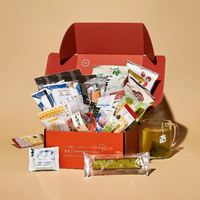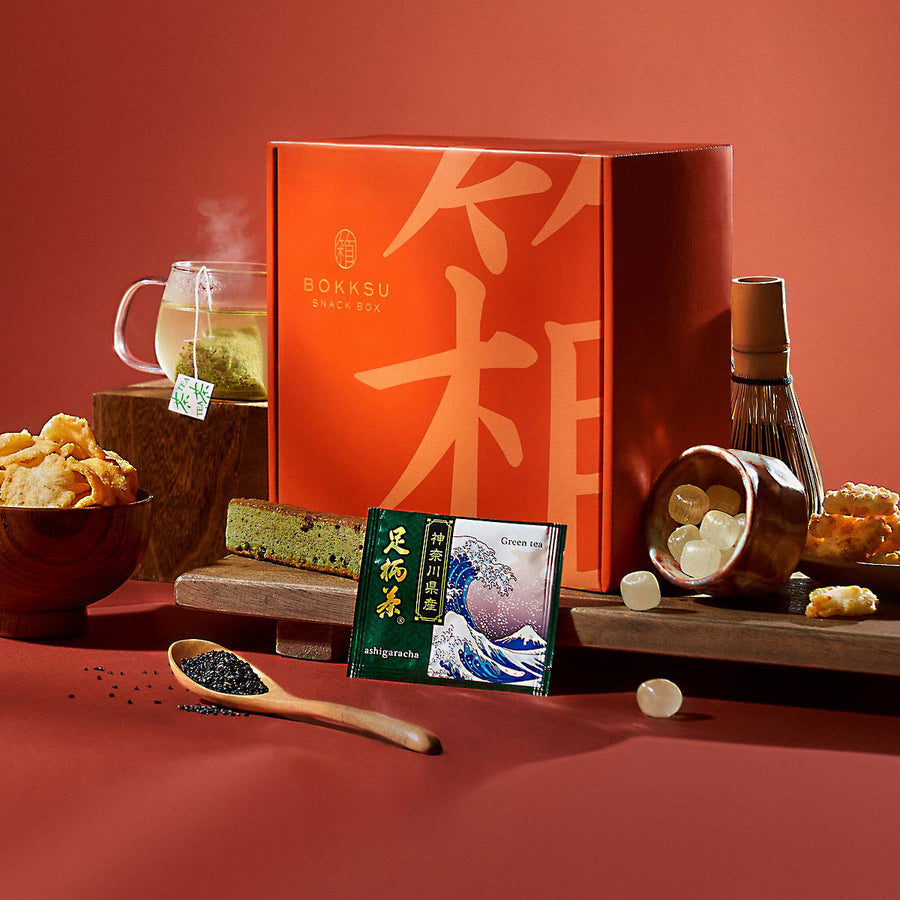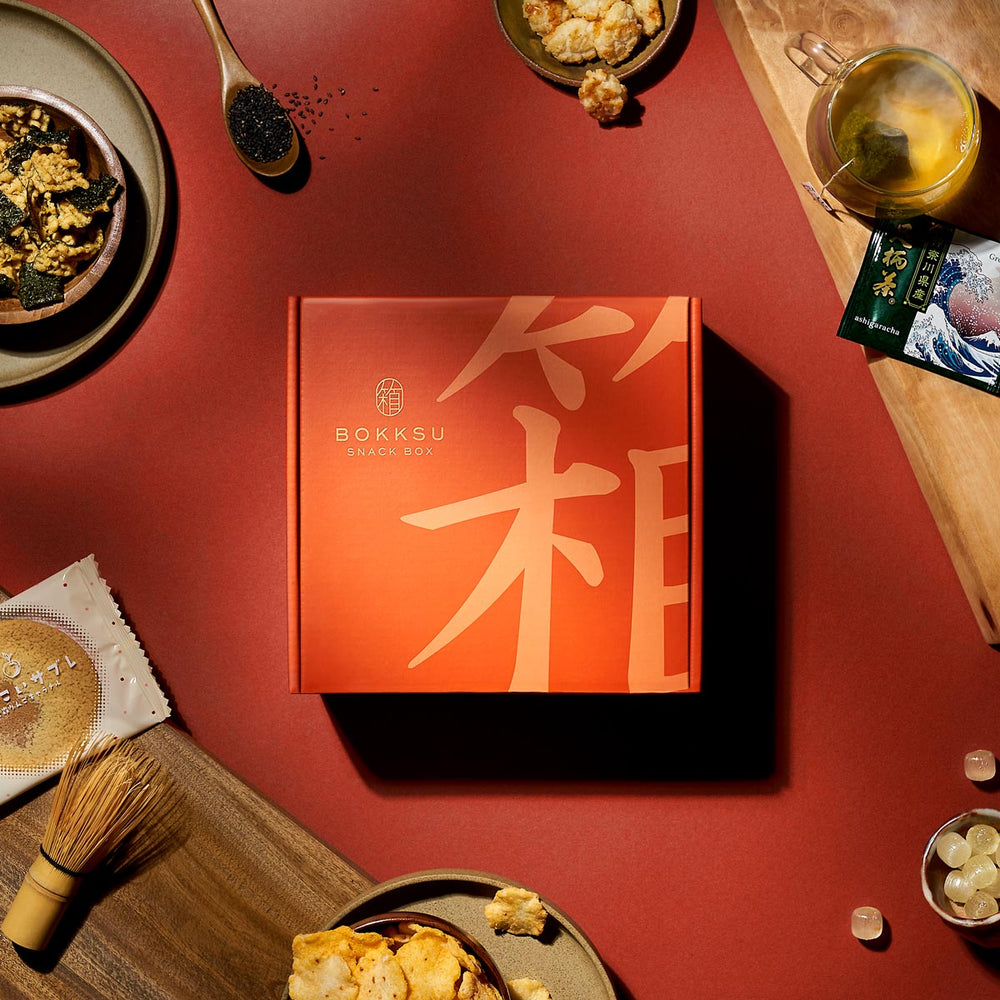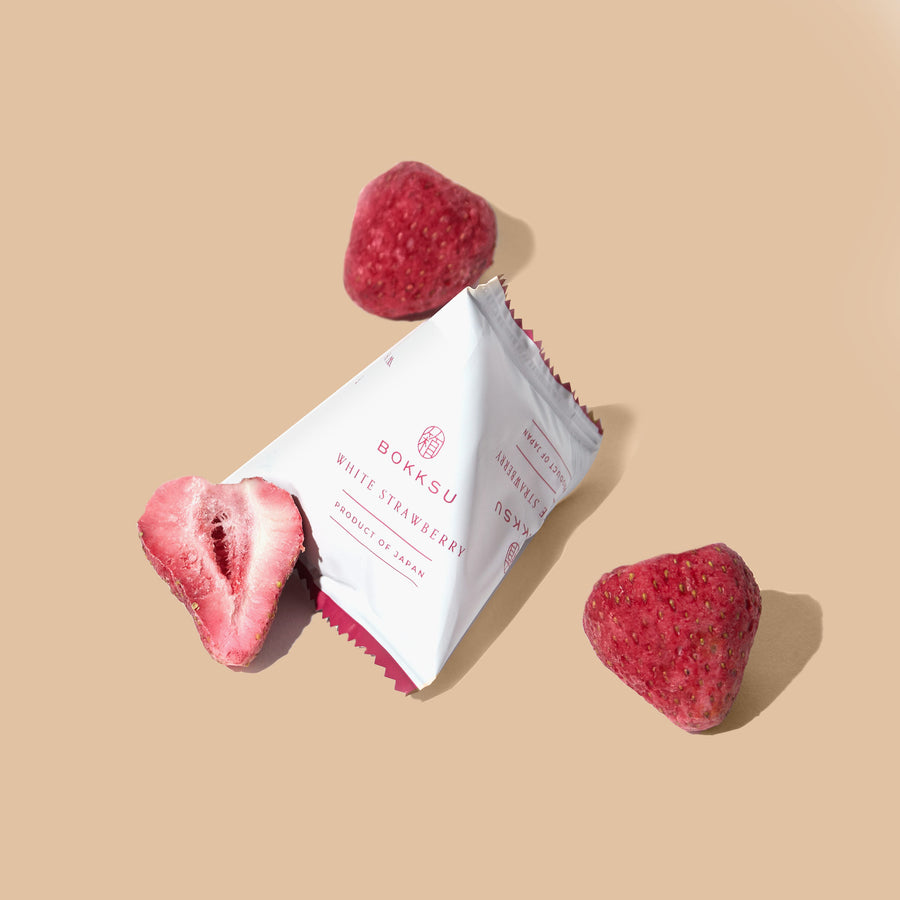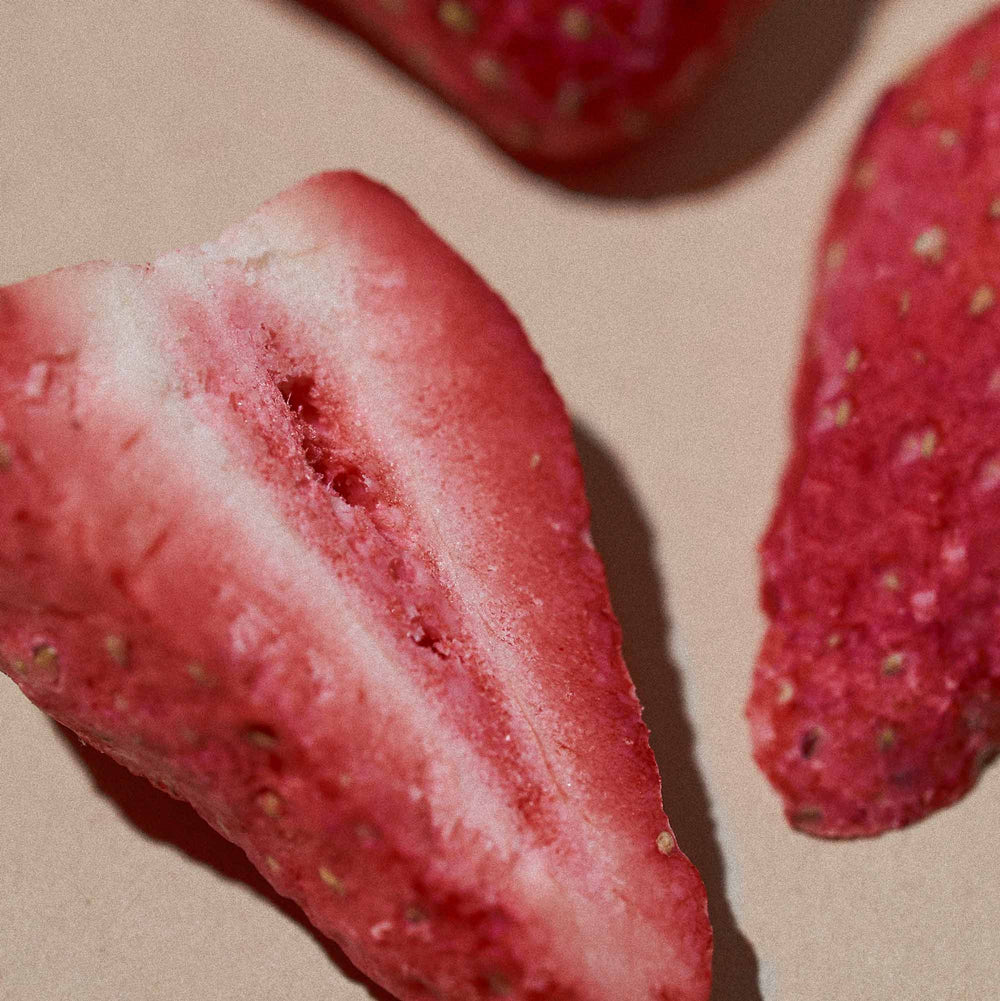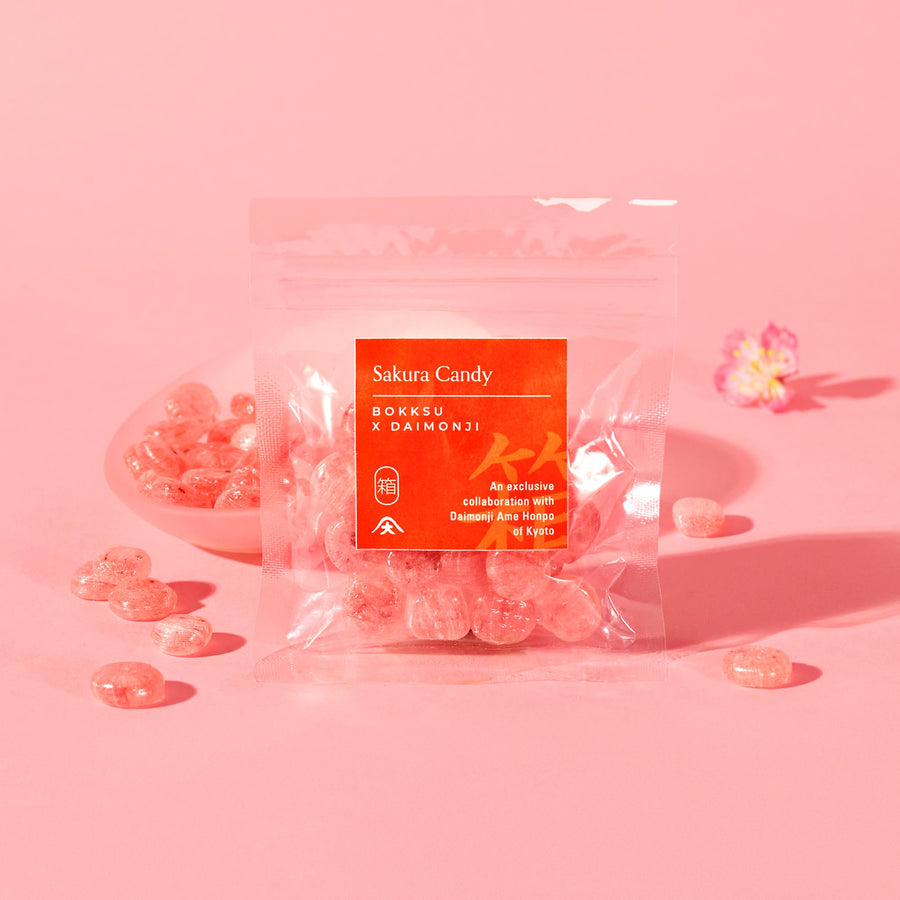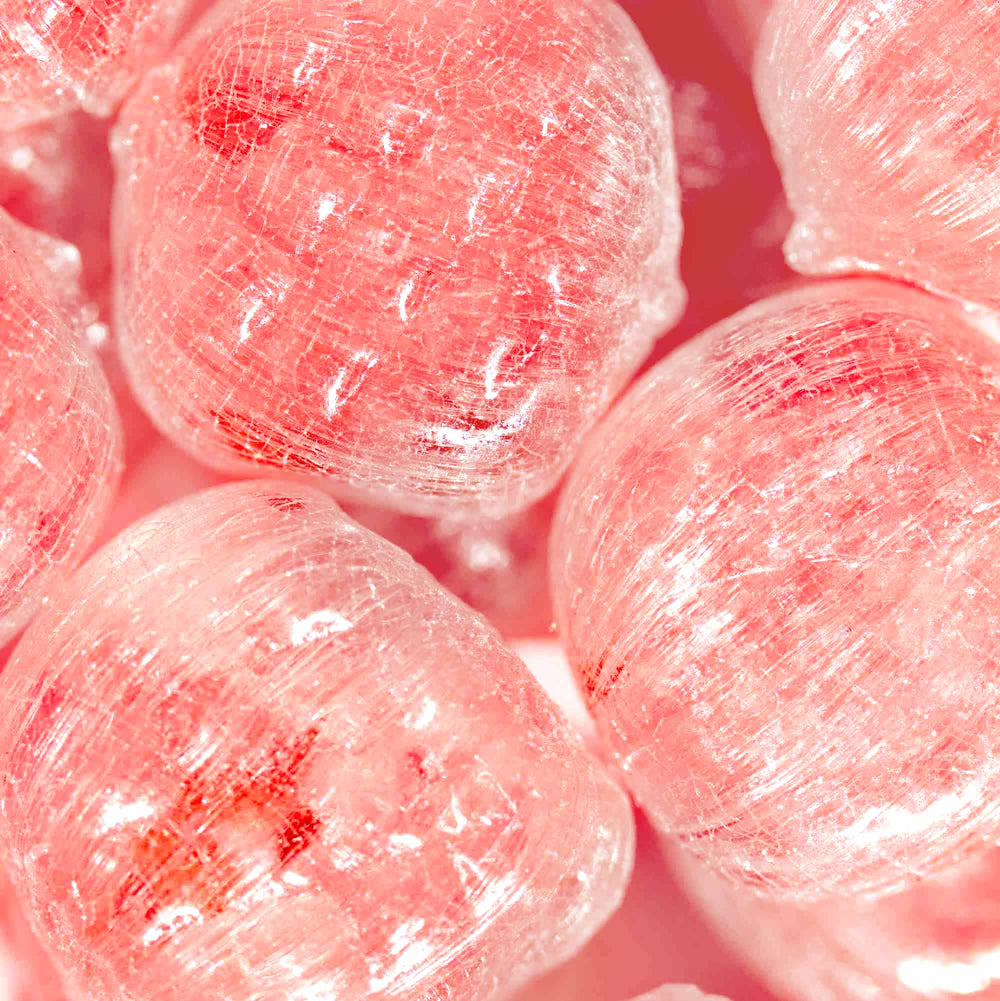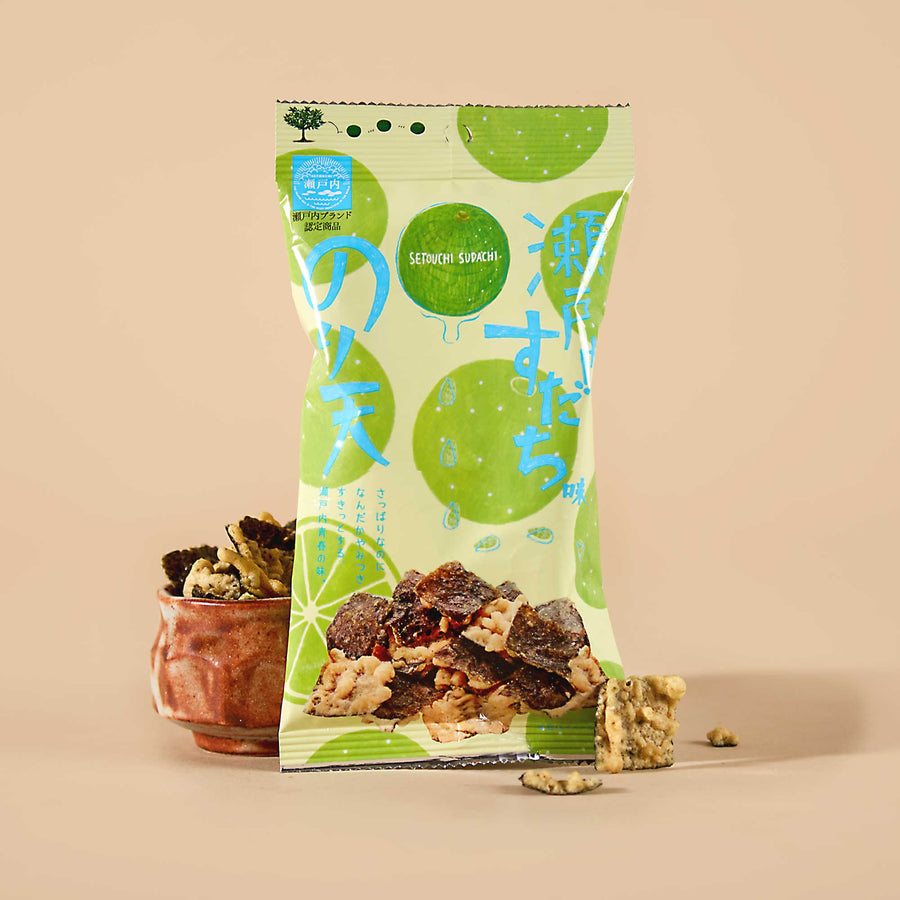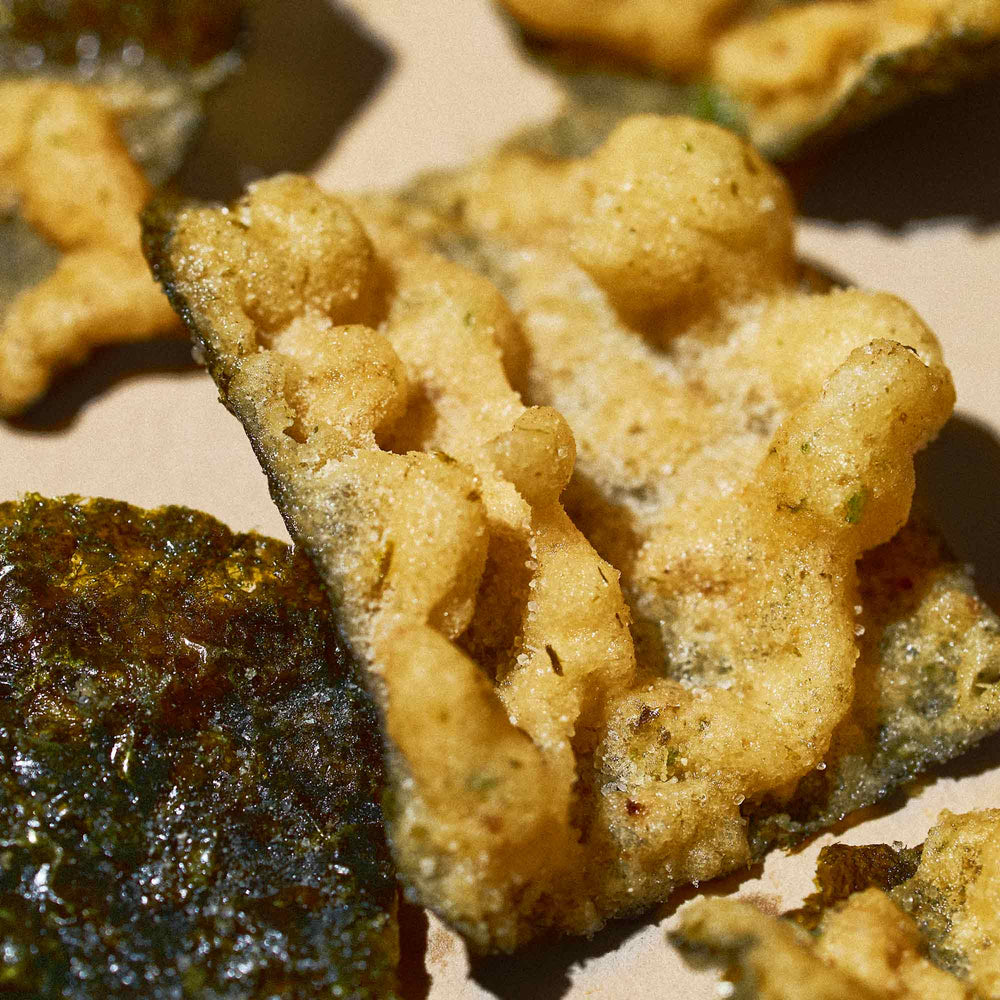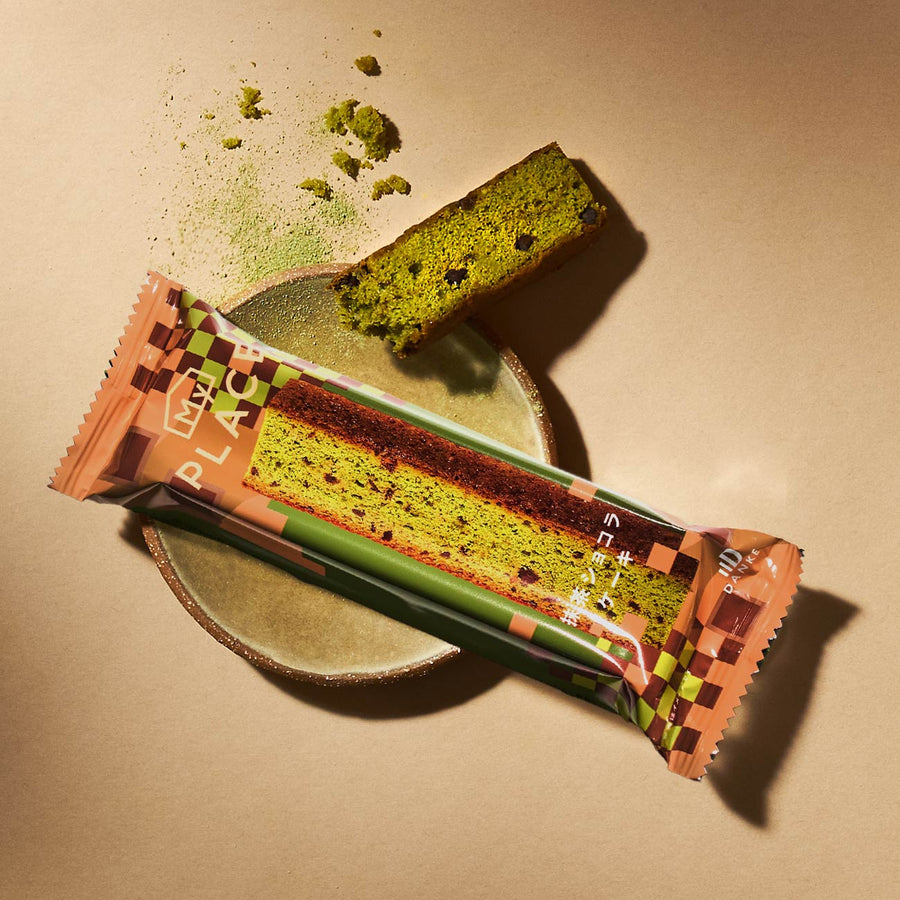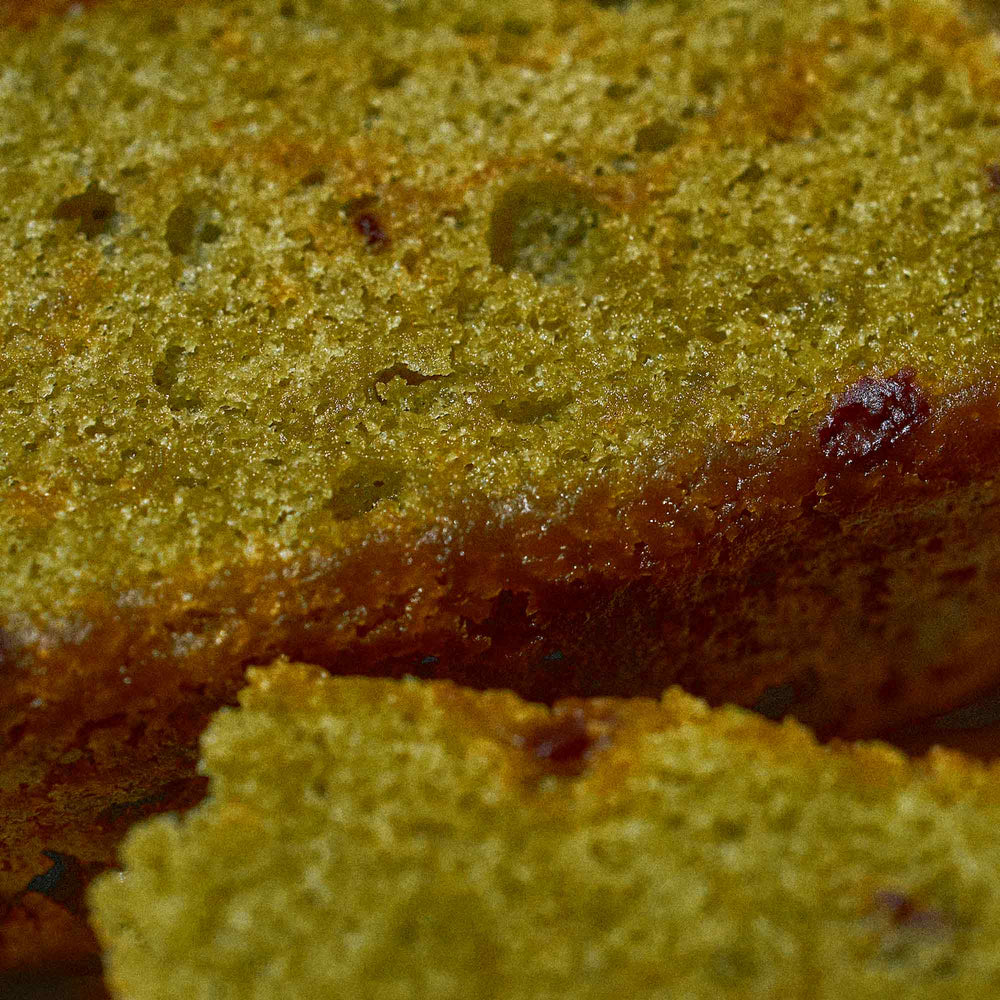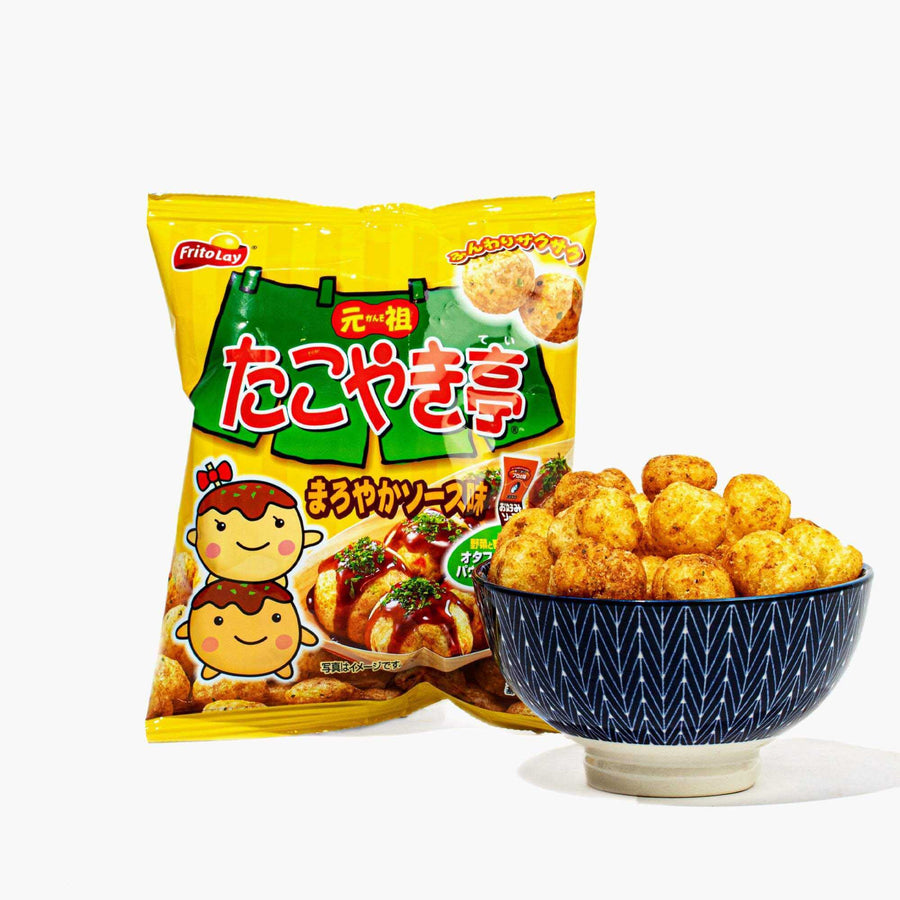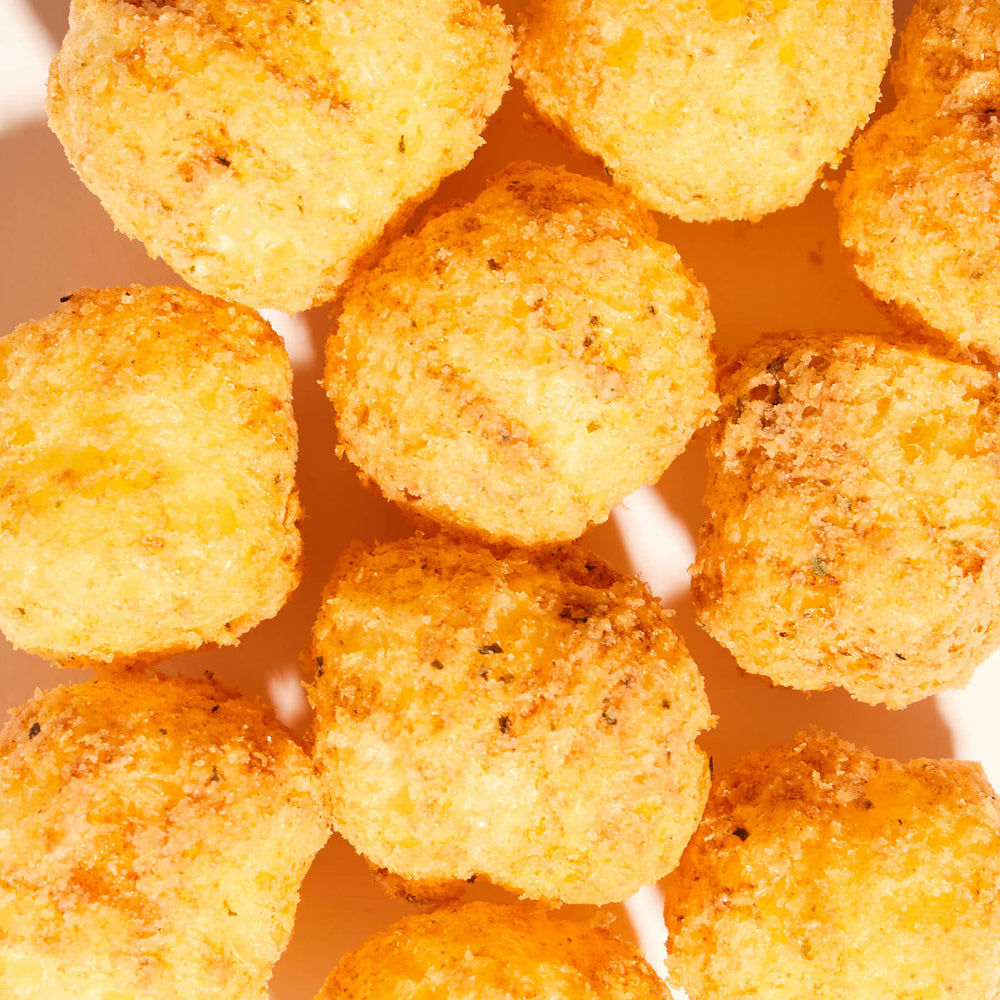How Is Mochi Made? Traditional and Modern Mochi-Making
If you’re a lover of the sweet, soft, and chewy treat known as Japanese mochi, then you’re in good company here at Bokksu. We’re mega-fans of the iconic Japanese rice cake, and we’re always excited to share our passion with you! But if you've never tried it before, you may have asked yourself this: What is mochi made of? Is mochi made of rice? Read on if you’re curious about how a basic bowl of sticky glutinous white rice gets transformed into those adorable little mochi balls that capture attention in a rainbow of powdery pastel hues. (Hint: Like everything in Japan, the process of making mochi is deliberate, ceremonious, and super fascinating, so it’s definitely worth your attention.)

Mochi is a type of wagashi or Japanese confection made from two main ingredients: water, and mochigome, a short-grain, sticky rice that’s broken down and formed into a shape, usually a sphere. The formed rice ball can be eaten as is, flavored, or wrapped around ice cream or red bean paste, or with delicious toppings. In Japan, mochi is synonymous with celebration, and you’ll find many unique varieties and specialties during celebrations of New Year, spring, and other holidays throughout the year.
Mochitsuki: A New Year’s Mochi-Making Tradition
In Japanese culture, there is great pride in one’s work, represented by the non-translatable word monozukuri. This Japanese principle signifies a great joy in making something by hand, creating with much skill, dedication, and precision. Even in something as small as a ball of mochi, the Japanese exhibit monozukuri every step of the way. This is perfectly showcased with Mochitsuki, the New Year’s tradition centered around making mochi by hand annually between Dec. 25 and 28.

The mochi-pounding process begins with two people pounding the dough with a mallet, making the dough airy and creamy, giving it its characteristic texture. When it gets sticky enough, it’s flipped, doused in hot water, and then hammered some more. Finally, the two pounders alternate—one person pounds the dough once, while one person quickly kneads it in between hits—until it reaches the perfect texture. The dangerous pound-knead, pound-knead rhythm of the two participants requires deep trust in one another.
How Modern Day Mochi Is Made
Naturally, not all mochi is produced in a three-day span during the New Year season. In fact, those yummy mochi balls are made and imported around the world year-round so we can enjoy them virtually anytime. When made at home, the Japanese generally prepare mochi from a premade glutinous rice flour (mochiko), mixed with water, and then cooked until it turns into a sticky mass of rice dough similar to the glob that is made during the traditional mochi-pounding process. However, some purists may argue that using sweet rice flour and not whole grains of rice makes these dango and not mochi (you can find more about dango vs. mochi here). Food coloring or colored ingredients may be mixed in to give the dough a unique hue. A kinako mochi, like warabi mochi, is sometimes rolled in kinako or roasted soybean flour, giving it a nutty flavor.
When created using rice and water rather than flour, modern equipment is used in factories and at home to help speed up and automate the laborious pounding task. Smaller versions of these machines are sold in stores for creating perfect mochi at home, but a stand mixer can also be used if you don’t have any special equipment. Once the mochi dough is prepared, the malleable, slightly transparent dough is stuffed with a filling and sprinkled with powder, and then placed in the fridge until eaten.

How to Try Japanese Mochi
Want to try this delicious Japanese treat without breaking out the mochi-maker or heading to Japan? There are many options for tasting mochi outside of the archipelago. Of course, you can buy mochi online at Bokksu or sign up for our monthly subscription box, which sometimes includes these yummy balls of goodness. These days, you’ll even see mochi ice cream (the uber-popular mochi balls with ice cream filling) in the freezer section at major grocery stores.
There are unique mochi variations made for seasons and special occasions. Some of them include a special pink-tinted sakura mochi prepared to celebrate hanami or cherry blossom season, a grilled mochi called yakimochi enjoyed with sake during the Autumn Moon, and a dried one called kiri mochi. Kiri mochi is dipped in soy sauce and sugar, kinako, or topped with red bean paste.
So the next time you bite in, think of the monozukuri that went into each and every perfect little mochi ball!
If you love mochi and want to try more delicious Japanese snacks, you should definitely subscribe to the Bokksu Japanese snack box. This is a monthly subscription service that delivers authentic treats from Japan to your door. You can enjoy a variety of snacks, candies, and a tea pairing with each box. Plus, you can choose from different themes and plans to suit your preferences and budget. And guess what? The Bokksu Japanese snack box also includes mochi products that you can savor and share with your friends and family. Don't miss this opportunity to experience the best of Japan's snack culture. Order your Bokksu Japanese snack box today and get ready to be amazed!








